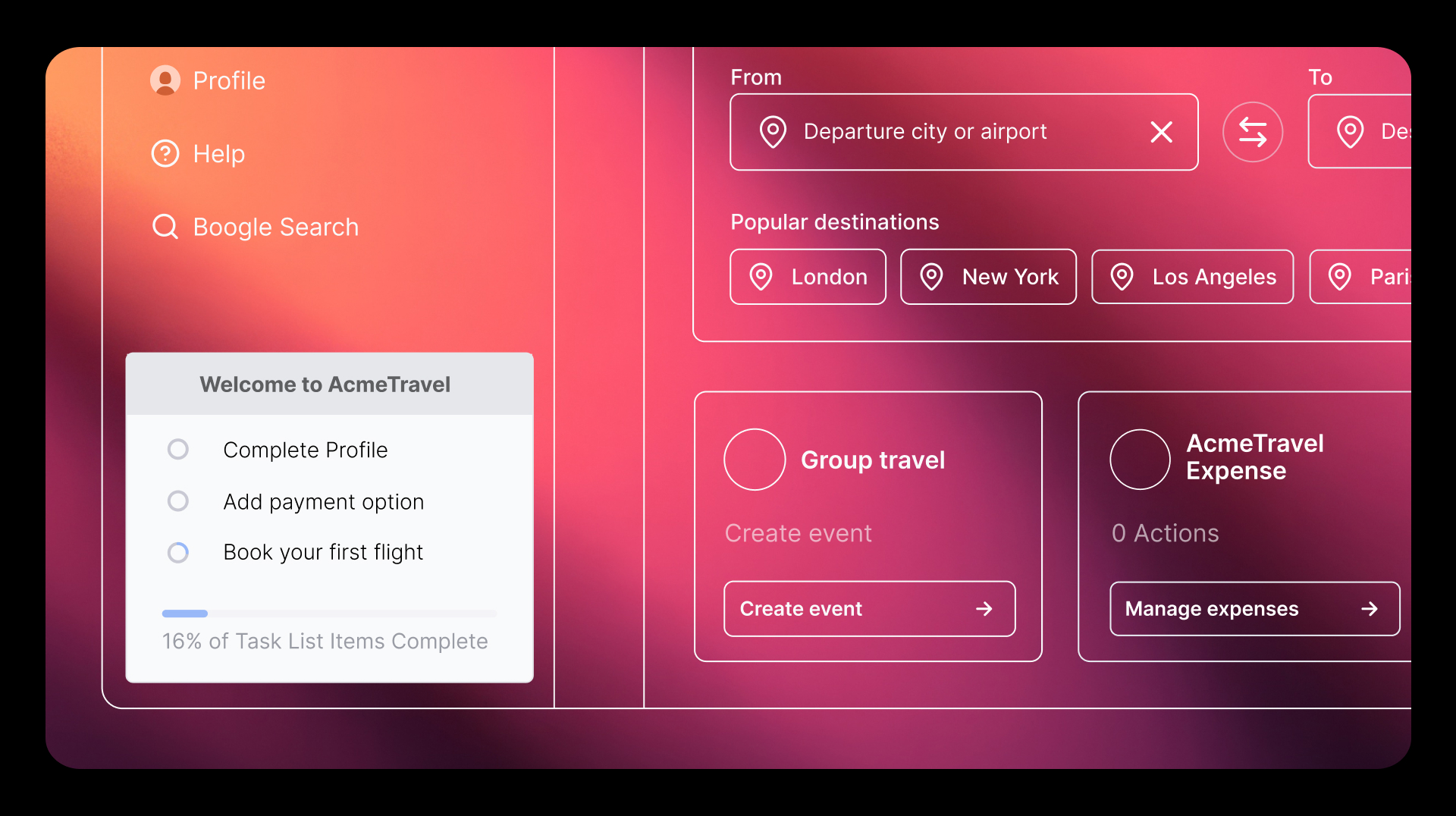There’s a lot of uncertainty in the world right now, manifesting in many different ways in nearly every aspect of our lives. At work, teams may be experiencing low morale or confusion around priorities–and as businesses are forced to rethink (or completely revamp) their product strategies, it likely means chaos.
In a recent webinar we were joined by Marc Abraham, head of product at ASOS.com, and he shared an interesting insight: when you’re a product person, uncertainty and constant change is nothing new. In a product manager’s (PM’s) day-to-day, there’s always an element of uncertainty and plenty of unknowns around the product, customers, and operational impact.
So, he says we can take a page out of a PM’s book and use a product mindset to navigate these new circumstances (and that you don’t need to be a product manager to have a product mindset).
Here’s Marc’s advice for using a product mindset to manage uncertainty–no matter what your role is.
What is a product mindset?
In short, a product mindset is a way of handling all of the unknowns that come with working in product, whether you’re a product manager, designer, customer success manager, or otherwise. It helps product pros deal with the challenge of uncertainty, and is broken down into four parts:
- Customer: Being a product person begins and ends with the customer, first and foremost by understanding their problems and needs, so having a customer focus key.
- Clarity: A product person’s job is rooted in communication (especially when things are up in the air and teams are working remotely) and collaboration. This helps create clarity by bringing people together around a shared goal.
- Creativity: PM’s are tasked with coming up with new solutions to existing problems, and when new challenges arise, this means coming up with creative ways to tackle new problems.
- Curiosity: Product managers should always be asking why: why are we doing this? Why aren’t we doing this? Why do we think this is a differentiator? Especially when there are so many unknowns, asking questions is essential.
Marc emphasized that leveraging a product mindset can help companies figure out if (and how) they need to shift their business strategy. While he offered multiple examples of companies already doing this (e.g. a fancy French restaurant pivoting to grocery delivery), it’s also worth noting some of the common barriers to implementing a product mindset:
-
-
- Speed: your organization is unable to move fast and iterate
- Process: you need to jump through hoops to make any small change
- Customer: there is no direct access to customers to learn what their needs are
- Data: lack of data to help inform what changes to make
-
When you’re able to find a way to overcome these challenges, though, the payoff is worth it. With a product mindset, we can determine how to shift and come out on the other side of this uncertainty by focusing on what customers need right now.
Here are two ways to combine different elements of the product mindset to better understand how to shift your strategy:
1. Curiosity + Customer
Combining curiosity and a customer focus means looking critically at your product and business model to understand as much as you can about your current state. Is your product still relevant in the current environment? If the answer is yes, is it now relevant for a new type of customer? Are customers still willing to pay (as much) for your product? Do your original priorities still hold true?
By asking these questions, you’ll get a clearer picture of what you know is true (Marc mentioned that you should be doing this at the best of times, too). And depending on what you learn, you might have to change direction or completely shift your product vision.
Here are some practical tools for getting answers to some of these question:
-
-
- Use a product market fit survey to understand whether or not your product is still relevant, if there is still demand, or if demand has changed
- Reassess your current environment, e.g. with a Kano analysis
- Reassess your portfolio and whether or not you need to remove certain products using the Growth Share Matrix
- Use a beginner’s mindset to try and have a fresh perspective in order to come up with new ideas
- Learn early and often, with discovery and development running in tandem
-
2. Creativity + Clarity
While current circumstances might feel more like constraints, we can use creativity and clarity to think of them as opportunities. There’s only so much we can control, and it’s important to make the most of what you’re facing as a business. To help, here are some questions to consider:
-
-
- What changes in market trends and people behavior are we seeing?
- How will these affect our business? (Risk vs. revenue)
- Can we learn fast from a new situation, and mitigate risk?
- How can we best adapt our ways of working?
-
In the end, we all have a choice with our product mindset: to go about business as usual (aka go into survival mode), or to break the rulebook and pivot, experiment, and iterate in order to adapt to current circumstances. The majority of us will likely fall somewhere in the middle of these two extremes, but it’s important to take the time to ask ourselves if we’re fulfilling customers’ current needs, and what risks we’re willing to take.
If you want to watch the full webinar, check out the recording here:


